Review: Microsoft's Office 2011 for Mac
Microsoft Office 2011 for Mac
4.0 / 5Jump to a different section
Office on the Mac desperately needs an overhaul. The last release took a decades old Carbon code base, applied a comically foolish looking layer of user interface glitz, and then stripped away core features that its target audience of corporate users found essential, including Visual Basic for Applications (used in many companies to create automated template documents).
The new Office 2011 makes major improvements in adding back the VBA support removed in the previous version, and in dialing back some of the more ridiculous aspects of the previous day-glow user interface.
It also strives to integrate Mac users into corporate settings much better, with improved support for Office document interchange with its Windows counterpart, as well as other Microsoft server technologies, including multiuser document co-authoring when used with SharePoint Foundation or Windows Live SkyDrive.
Office 2011 also delivers some of the new features of the Windows Office 2010 suite, such as “Sparklines†data visualization charts that can be integrated into Excel spreadsheets, and support for Microsoft’s online Office Web Apps.
Performance in Office 2011 seems to be significantly improved in many aspects, with Word now launching in as little as six to ten seconds on a new machine, or a bit longer on older models. That’s comparable with the launch times of Apple’s iWork apps, although Pages and Keynote are not exactly speedy to launch relative to other common Mac apps.
While the new Mac version of Office has made significant strides toward being a better contemporary of its Windows sibling, it’s still a rather disappointing set of Mac applications.
Office apps continue to ignore Apple’s modern Cocoa frameworks outside of some limited use in the new Outlook. That means for the most part that menu bar configuration is still non-standard and clumsy. Controls often work in oddly unfamiliar ways that are neither Mac-like nor even similar to Windows.
Twenty five years ago, Microsoft helped Apple define how Mac apps should work with its industry leading efforts with Word and Excel on the Mac. However, after years of treating Mac users as second-class citizens as it focused on its Windows products, Microsoft is no longer in a co-pilot position to define how Mac apps work.
When it tries to do so, as it did with the release of Office 2008, its efforts look clownish, awkward and immature compared to the slick sophistication of the user experience delivered by Apple’s own iWork apps, which were created to show off what Mac OS X could do.
Microsoft’s inconsistent efforts to follow Apple’s user interface guidelines and examples results in ill considered adoption of experimental ideas Apple has since largely abandoned (such as the excessive use of candy-colored Aqua controls from a decade ago, or the now boring flip-around windows reminiscent of Dashboard widgets that Microsoft chose to apply to its Reference Tools floating palate), while at the same time failing to support some of the more important and useful features of Mac OS X.
As an example, text input within the Office suite fails to work with modern Mac OS X features such as its system wide auto text substitutions, corrections, transformations, dictionary and thesaurus; you’ll have to configure these features in parallel both in Office app preferences and in Mac OS X System Preferences to have things work somewhat consistently between Office and all of your other apps, because Office continues to roll its own unique text input system and reference tools.
Microsoft has, admirably, followed Apple’s guidelines in presenting a Media Browser that accesses the user’s photos from iPhoto and Photo Booth, audio from iTunes, and movies from the user’s iMovie, iPhoto, Photo Booth and iTunes libraries, even if the Office interface is customized, busier variant of the Media Browser in Apple’s own apps.
On page 2 of 3: The Ugly & Word 2011
Jump to a different section
Microsoft is clearly working to make Office 2011 for Mac look more like its Windows version rather than follow the lead of Apple’s own iWork productivity apps on the Mac platform.
This is good for corporate customers who want to exchange documents (and application familiarity) with their Windows-using colleagues, but a step backward (or at least a step across, considering how backward Office already was) for Mac users in general who don’t need an interface familiar to Windows users.
Rather than sporting a context-sensitive Format Bar that displays tools appropriate for your currently selected content (as Apple’s iWork apps do), Office for Mac displays an inch-high “Ribbon†cluttered with buttons that offer to do both useful things you might only need to access on rare occasions (such as creating an complex, multilevel list outline) and fanciful tasks you’re unlikely to ever need at your fingertips (such as adding a glow and reflection to the text in your document).
The Ribbon offers such an overload of feature-bloat clutter that it requires seven tabs of options to pack in every feature Microsoft has ever invented into the main toolbar area of every active window, virtually forcing users to hide and unhide the menu as they work unless they have vast screen real estate to work with.
This issue is exacerbated by the fact that Microsoft displays Ribbon group titles (words describing the sections of buttons) by default in Office 2011, which adds another level of text labels to the button-overload underneath the already excessive tabs of Ribbons. There are options to turn some of this label-heavy user interface bloat off, but the “all on by default†display seems to be a poor design decision.
Use of the Ribbon in Office seems to largely be an arbitrary effort by Microsoft to shake the copycat OpenOffice off its coattails rather than a way to make useful, contextually relevant tools available to the user, making its inclusion into the Mac suite even more unwelcome than were it an actual attempt at improving the user interface.
Microsoft appears to borrow from and extend some of the features of Apple’s Pages app from iWork, including a revised Word Document Gallery that opens at launch with a variety of professionally designed templates to start from, as well as presenting an organized, visual, and searchable file browser for your existing documents.
There’s also a full screen mode similar to the one introduced by Pages, which is intended to let you enter text (or read from your document) without all the extraneous clutter of the desktop, menu bar and window controls.
There’s also a Pages-inspired Publishing Layout View, which merges most of the features of Microsoft’s Publisher app (only available on Windows) into Word. Rather than creating documents with a custom file type, Word’s layout mode creates standard Word documents.
There’s also a new Word Web App that provides online access to light editing features, for situations where you want to edit your Word documents but don’t have Word available. Apple was criticized for not building a similar service for iWork when it unveiled iWork.com as a way to share documents online. It will be interesting to see how much utility users find in this online editor.
Microsoft has also added support to Mac Office 2011 for Windows Live SkyDrive and SharePoint 2010, both of which enable users to edit and share their files online and participate in group editing, a new feature Microsoft calls “co-editing.â€
A Notebook Layout view designed to facilitate sophisticated note taking, “scribble†drawing features, and audio recording is unique to Word. Along with more sophisticated support for style formatting and multiuser track changes features, these features keep Microsoft’s new word processor a comfortable distance ahead of Apple’s last version of Pages, particularly for users with sophisticated needs in a corporate environment.
At the same time, Apple nearly gives Pages away in its iWork suite, so for home and small business users who don’t need every bell and whistle in Word, and who lack any extensive requirements for integrating with corporate server products or Windows-using colleagues, Pages continues to offer a simpler, less cluttered, and more approachable experience that feels a lot more Mac-like.
On page 3 of 3: Excel 2011, PowerPoint 2011, Outlook 2011, Office 2011 in review, Rating, and Where to Buy
Jump to a different section
Like Word, the new Excel delivers stronger connections to features Windows Office users are familiar with, including “Sparklines†mini charts that fit into a single cell of the spreadsheet grid to help visualize data, enhanced Pivot Table reports, support for extended Excel functionality with the returned support of VBA, and support for the new Excel Web App for online editing.
Unlike Apple’s Numbers, Excel spreadsheets are still fixed to a single grid per sheet. Apple’s clever rethinking of how a spreadsheet should work is simply confusing to some people who have only experienced Excel, but it offers some tantalizing benefits to users who take the time to figure out how to layout documents with multiple spreadsheets per page.
Unfortunately, Apple hasn’t delivered many usable examples of how to tap this flexibility, leaving Numbers users to discover this on their own, or start with the rather limited use templates Apple has added.
Microsoft has beat Apple in the area of providing practical spreadsheet templates that can be easily extended to perform useful tasks. They’re not nearly as pretty as the templates in Numbers, but they seem easier to grasp and actually use.
As with Word, if you’re in a corporate environment or have sophisticated spreadsheet needs, Excel provides a number of features Numbers 09 still lacks. On the other hand, the cheaper and more Mac-like Numbers is still likely to be more attractive to users who just want an accessible, easy to use spreadsheet that isn’t bound to the 1970s VisiCalc grid and bloated toolbar buttons offering every imaginable feature at once.
On the other hand, if you’re an Excel junkie hoping to get your fix on the Mac, Microsoft has finally delivered a respectable modern version of its spreadsheet for Mac OS X. The speed of launching, calculations, and general performance are vastly improved, and nearly all features from the Windows side appear to have made it to the Mac intact.
Apple thoroughly humiliated PowerPoint with the release of Keynote in ways that Pages and Numbers haven’t quite done to Word and Excel. However, the latest version of PowerPoint has finally improved to the point where it can at least be take seriously.
Much of this has come from emulating Keynote features, such as providing much better (but still not quite Keynote quality) templates, better graphics and charting tools (albeit with oddball object controls for resizing and rotating), and a background removal tool (below) intended to perform the same task as Apple’s Alpha tool in Keynote.
On the other hand, PowerPoint delivers some features the Keynote doesn’t, including support for VBA automation and tools for advanced charting types. Overall however, the intuitive, powerful interface of Keynote still wins over PowerPoint’s cluttered, clumsy toolset hands down.
Unlike Word and Excel, even the most corporate savvy, Windows-integrated Mac users will likely prefer using Keynote to the new PowerPoint, despite the advancements Microsoft has made.
Anyone who uses Entourage will want to upgrade to the new Outlook of Office 2011, as Microsoft has finally released a version nearly on par with its Windows edition.
Additionally, Outlook now sports a Cocoa-based interface, so it acts and looks more like a standard Mac app than a legacy Carbon app like the rest of the Office suite. Of all the Office apps, only Outlook has a standard Mac OS X toolbar you can customize by dragging around icons.
Unfortunately, most of the useful toolbar controls are stuck in the non-customizable Ribbon, so this is a step forward and a step back rather than being a tremendous breakthrough by the Microsoft MacBU.
Oddly enough, this also results in having two large, prominent "Send/Receive" buttons in the default interface: one in the toolbar, and the other in the Ribbon. More oddly, you can't add Compose, Delete or Reply buttons to the toolbar, as these are only available in the Ribbon. That means you can't really hide the Ribbon and just use the standard toolbar.
Outlook also now dumps Microsoft’s penchant for putting all your emails into a huge database file (fated to suffer eventual, inevitable file corruption) and instead saves messages individually in the file system in a way that’s compatible with both Mac OS X’s Spotlight search and Time Machine backups. The new Outlook even supports Quick Look for previewing attached documents.
The new Outlook for Mac also imports .PST files from Windows, making it easier for users to transition to a Mac, and includes Windows’ “conversations†view for browsing emails by thread rather than by date sent.
There are some minor features missing from Outlook for Windows, but the Mac version also improves upon the Windows version by adding a unified mailbox for merging multiple email accounts into a single view.
On the other hand, because it uses Microsoft’s latest technology for syncing with Exchange Server, it will only work with modern versions of Exchange from 2007 or newer. Older servers use legacy protocols that the new Outlook doesn’t support, similar to Apple’s latest Exchange-savvy versions of Mail, iCal and Address Book.
If you like Outlook, there’s finally a Mac version that actually works for Mac OS X, and serves as a rather decent Mac app as well. It uses Microsoft’s rather excessive Ribbon interface of oversized buttons, but the performance seems to be very responsive and the general design of the app is very good, particularly compared to the weaker parts of the Office 2011 suite.
Outlook doesn’t sync with iCal (perhaps a “coming soon†feature), but it does connect with Sync Services to merge your Address Book and MobileMe contacts. It also doesn’t support common authentication types used by non-Exchange email accounts (such as Apple’s MobileMe mail).
Outlook is likely what you’ll want to use if you’re in a company running Exchange. Integrated support for calendaring, company wide contacts, tasks and notes all offer a very credible alternative to Apple’s own free Mail, iCal and Address Book.
If you’re an Office user already, the new Office 2011 is a no-brainer upgrade. It’s wildly faster, looks and feels much better, and delivers strong advancements in every app, particularly the vastly improved experience of the new Outlook over the pitiful Entourage.
If you’re shopping around for a productivity suite on the Mac, the new Office 2011 delivers a much nicer experience than the rather quirky but free OpenOffice, and offers the advantages of a real desktop app over a web based suite like Google Docs.
At around $120 retail for the Outlook-free individual version (you can install on one machine) or $150 for the family pack (which can be installed on up to three machines), the “Home and Student†Office 2001 for Mac suite is now affordable enough to compete against weaker free alternatives, and might attract some users eyeing Apple’s cheaper iWork package.
However, Office 2011 for Mac—despite a sharp discount over previous editions—is still about the same price as Apple’s “Box Set†deal that includes a copy of Mac OS X Snow Leopard and iLife together with the full version of iWork.
The full “Home and Business†edition of Office 2011 (which includes Outlook) is available to education users in a single install version for $99, while other users will pay $199 for a single install or $279 for a multi-user pack that includes two installs on separate machines.
The Outlook-free version can be upgraded after purchase to obtain a download of Outlook for an additional fee.
Unlike Apple’s iWork, Microsoft hasn’t delivered a mobile version of Office capable of running on the iPad, and doesn’t seemly likely to do this anytime soon. Mac users who stay mobile with an iPad (and soon iPhone and iPod touch users), might find iWork a preferred alternative to Office for that reason.
The strength of iWork’s Keynote is reason enough for Mac users to add iWork even if they prefer to use Office in other respects, such as if they need to use Office to work with Windows-using colleagues.
Pros:
Much faster performance
Improved interface
Better Windows & Exchange compatibility
Cons:
Some quirky, non-Mac aspects
Busy Ribbon interface
Office Mac 2011 is currently available for pre-order from Amazon.com, which is offering free release-date (tomorrow) delivery. The Home and Student edition is $110 while the Home and Business edition is priced at $175.
Home and Student edition - $110
Home and Business edition - $175.
Apple authorized reseller Mac Mall is also offering the same pricing and free Tuesday (tomorrow) overnight delivery. To get the free overnight shipping from MacMall, you must choose "FedEx Standard Overnight" as your shipping method. The offers expire at midnight.
Jump to a different section
 Daniel Eran Dilger
Daniel Eran Dilger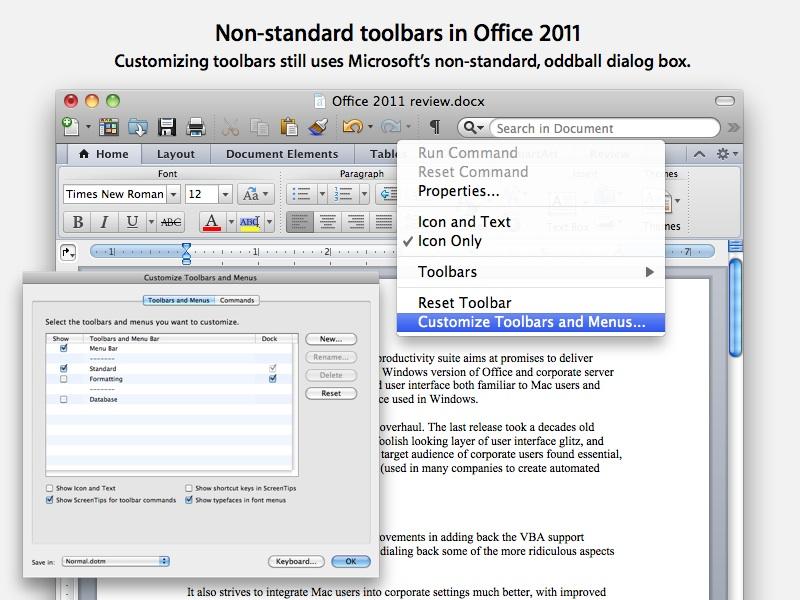
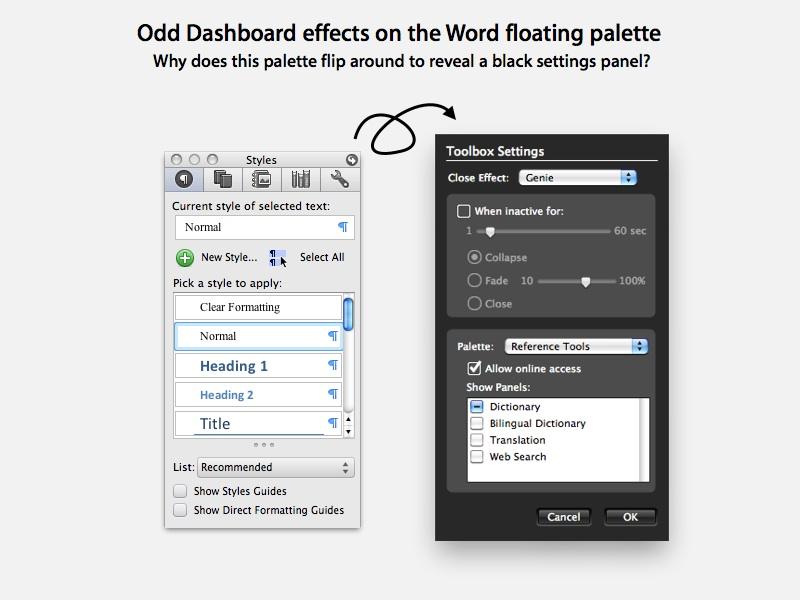
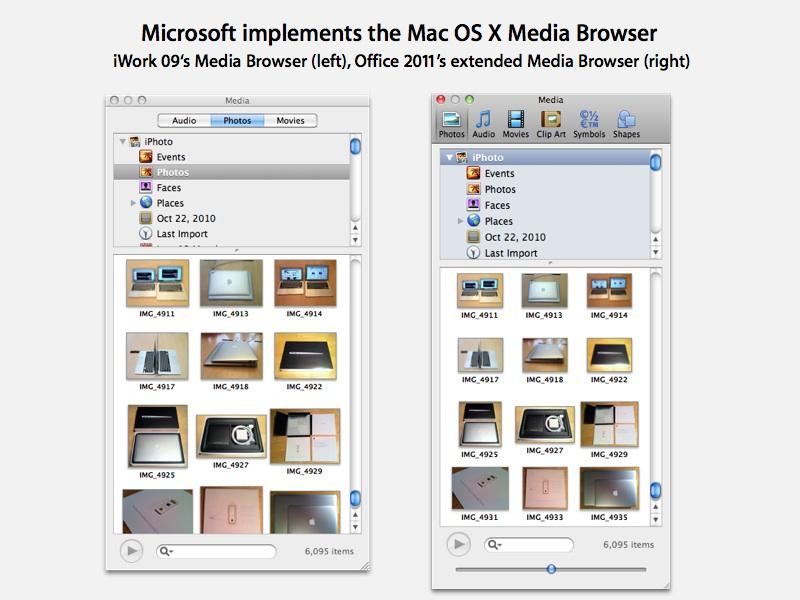
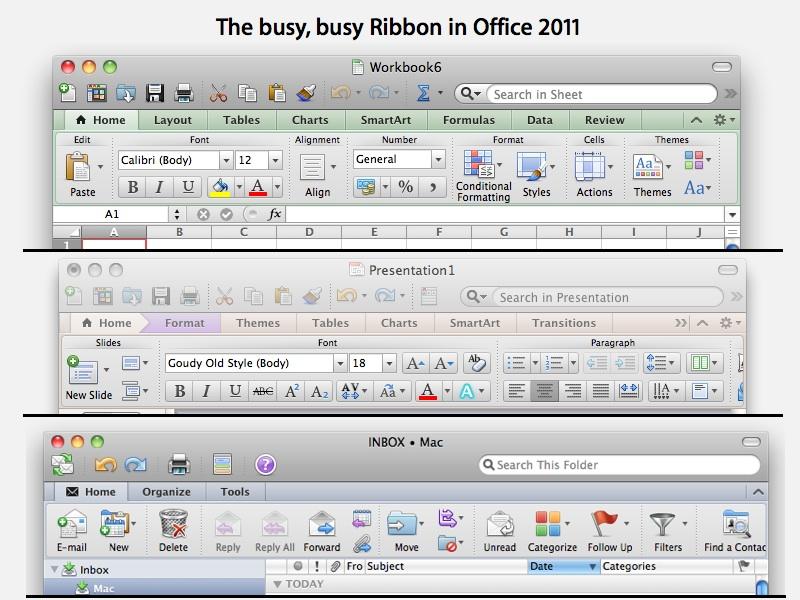
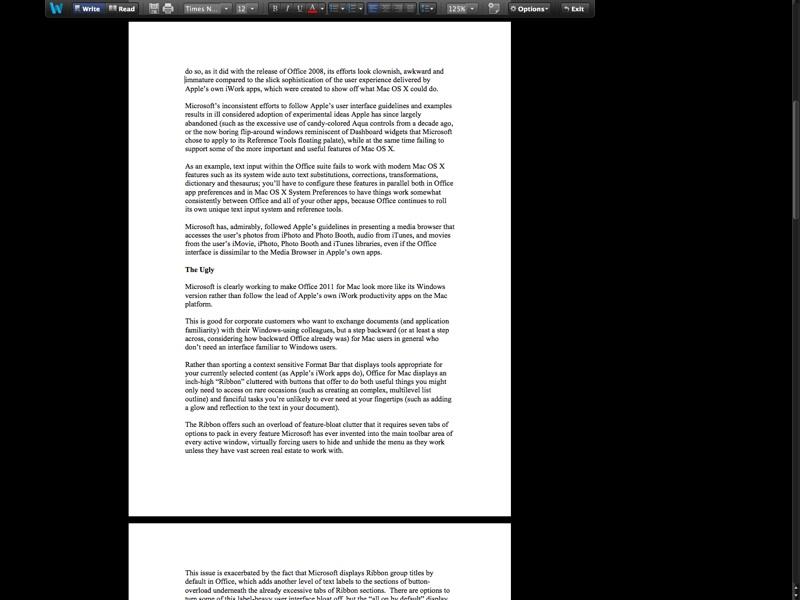
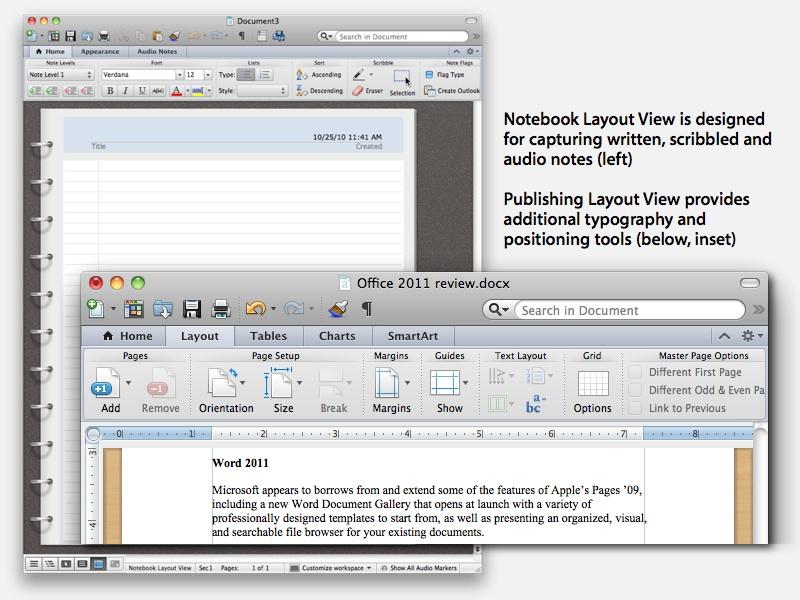
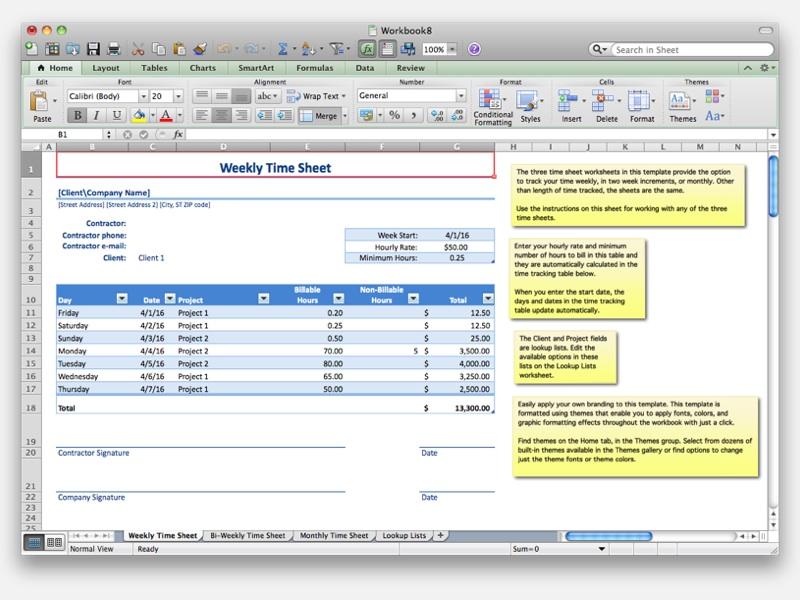
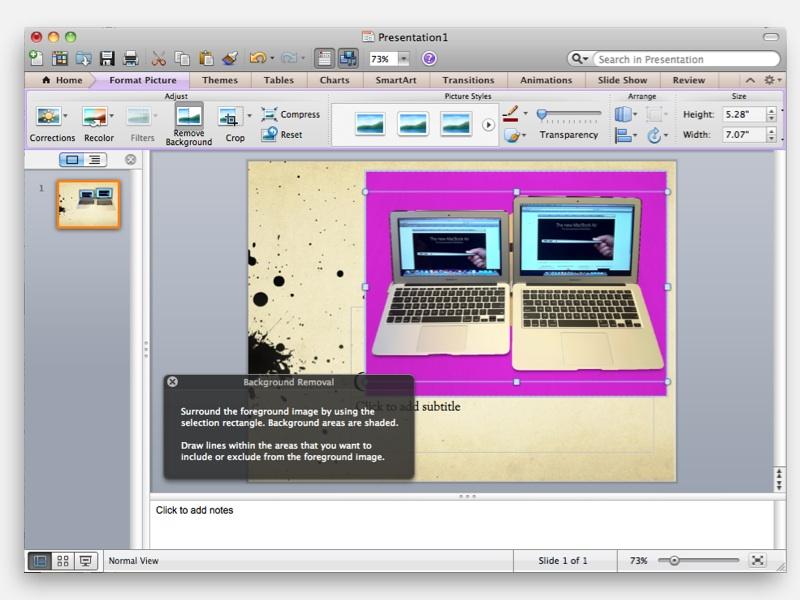
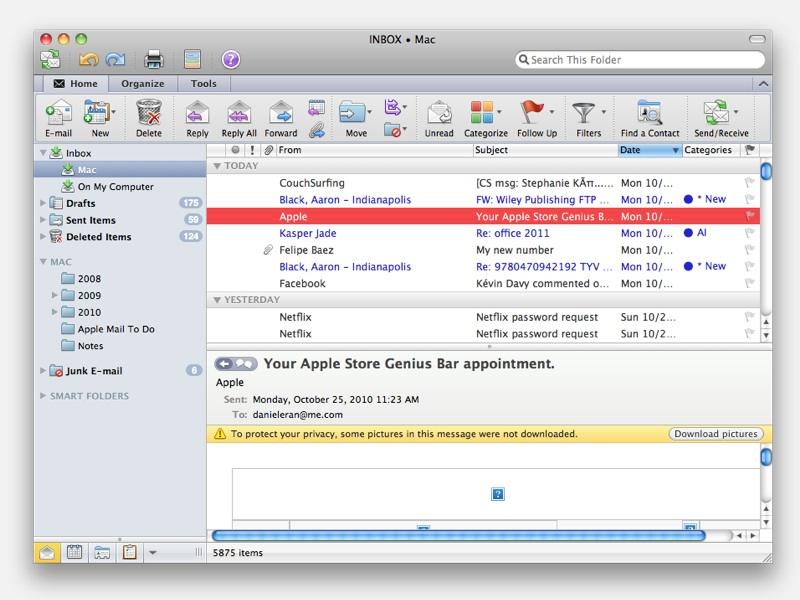
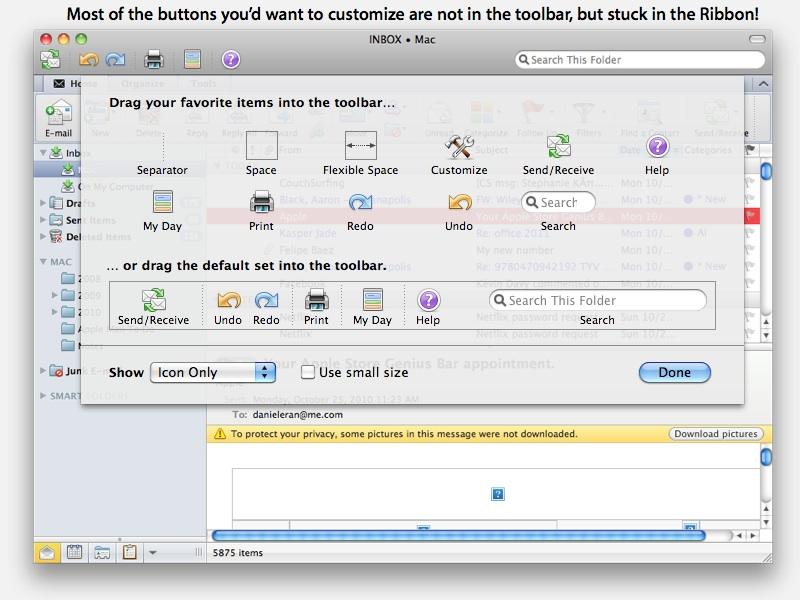

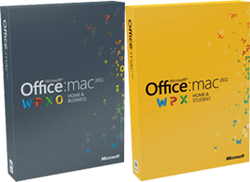













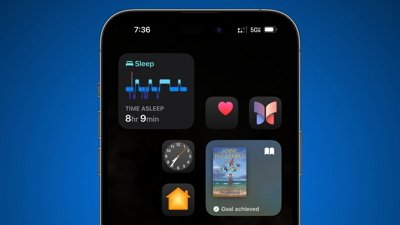
 Amber Neely
Amber Neely
 Thomas Sibilly
Thomas Sibilly
 AppleInsider Staff
AppleInsider Staff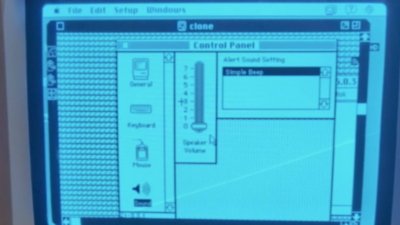
 William Gallagher
William Gallagher
 Malcolm Owen
Malcolm Owen
 Christine McKee
Christine McKee


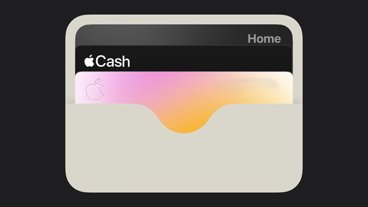







107 Comments
http://www.amazon.com/gp/bestsellers/software
Now waiting for more (not so positive) reviews. As for example for http://www.amazon.com/review/R1WJYV7W2H5LEB/
After using it for a year or so since the work PCs were upgraded, I still find that it takes more clicks and more work to make things happen. Microsoft still stands for cluttered and clunky.
I welcome the return of VB though, lack of it has ben a serious pain in the butt between work and home.
When I first saw the Ribbon I thought "Cool, finally some innovation in the computer GUI space, someone is trying to redo drop-down menus." But after a year of watching people (try to) use it in the workplace, it just does not work. I think the human mind just thinks/works better with words than pictures.
What people need to know. For simple tasks Pages is a way better app than word and Keynote beats the carp out of powerpoit. End of story.
Not sure how it happened, but I've had office 11 for a few days now (maybe academics get it early?). Anyway, my main complaint is that it still screws up files copied from Chemdraw (a simple drawing program used by organic chemists nearly ubiquitously), so that they cannot be reedited ever again once pasted into an Office document.
very frustrating.